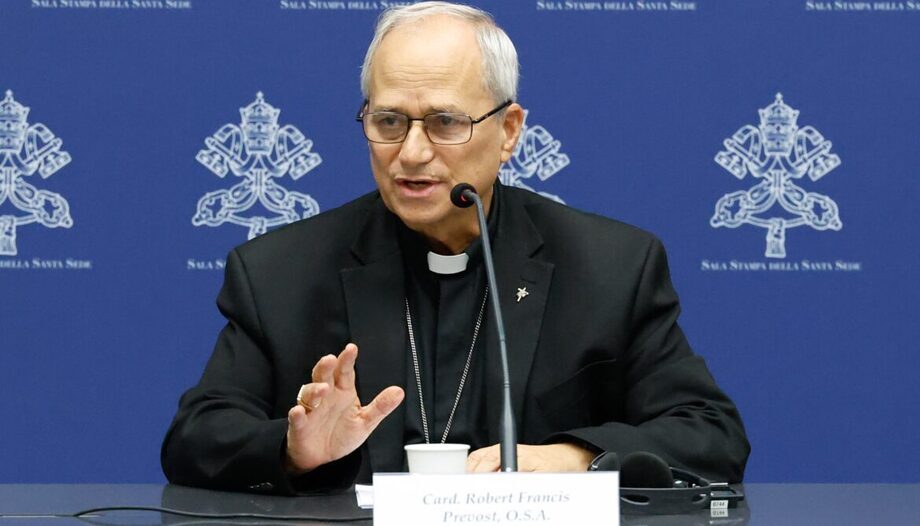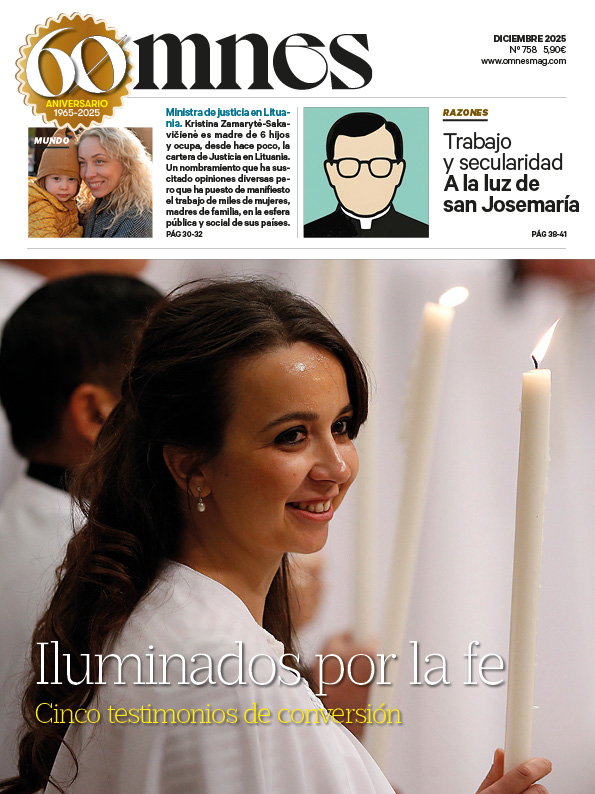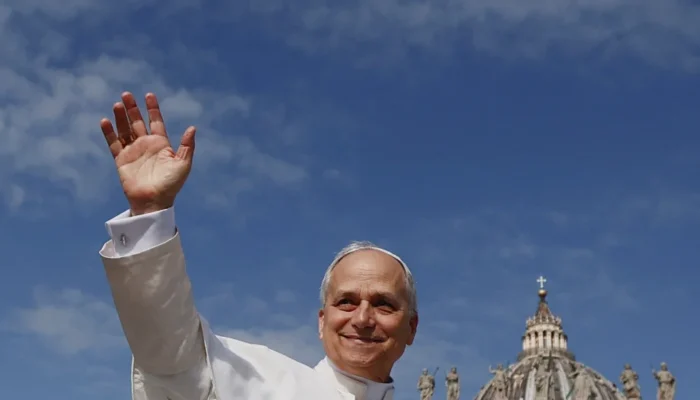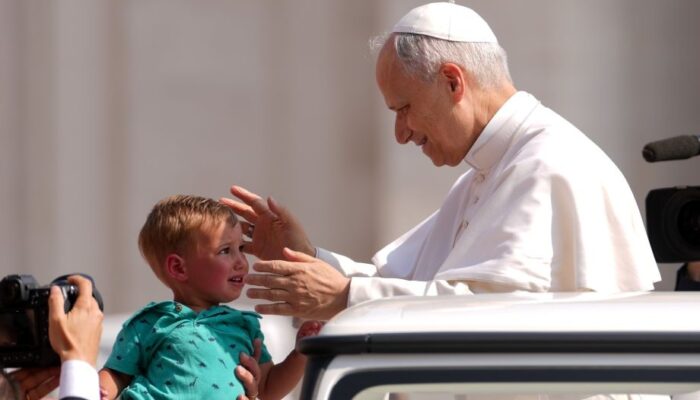- OSV News / Carol Glatz
Before becoming the Pope Leo XIVIn the late 1980s, the then Bishop of Chiclayo (Peru), Robert F. Prevost, created a commission to help women escape forced prostitution, according to a trafficking survivor who worked with him.
Silvia Teodolinda Vázquez, 52, told Argentine newspaper La Nación that she met Pope Leo when he created a diocesan commission on human migration and human trafficking in 2017.
Claiming that he affectionately called him "padrecito," or "Father Rober," Vázquez told La Nación in a May 17 interview, "The day I met him he told me something very nice."
They had just finished a meeting about the commission's work, she says, and "he came up to me and, with that warm tone in his voice, he said, 'Silvia, I know this work is very hard for you because of all you went through when you were young. I'm so grateful for what you're doing for these girls, and I bless you.' It was very touching."
The pope created the commission, which is still active, in 2017 to bring together lay people, religious men and women and parishes to help advocate for and assist vulnerable migrants, refugees and victims of trafficking. He was the driving force behind all their work, he said.
Assistance to immigrant women
Then Bishop Prevost was concerned about the connection between the huge flow of Venezuelan migrants into Peru and the growing number of sex workers, so he met with members of the Sisters of the Adoration of the Blessed Sacrament, who were dedicated to helping women forced into prostitution, and asked them to join the commission he was forming, Vazquez told La Nacion.
The sisters had long been fighting human trafficking and offering women ways to remain free from exploitation; the congregation was awarded the U.S. State Department's TIP Award in 2005 for its work.
Vazquez, a survivor of sexual abuse, human trafficking and forced prostitution, said one of the sisters repeatedly reached out to her, helping her find shelter and a new job. "I am eternally grateful to them because thanks to them I was able to get ahead and become what I am today. They were my second mothers," she says.
She then spent 15 years working with the sisters, providing health education to sex workers and promoting workshops offering alternative trades. That's how she met Bishop Prevost.
The sisters worked for years with the commission until they had to close their convent in Chiclayo and return to Lima. Bishop Prevost's commission then took over the sisters' work in assisting trafficking victims, and that is how Vazquez began working directly with the commission, reported La Nacion.
Vázquez and others walk the streets and go to bars, where they get permission from the owners to talk to the women, he explains.
"The first thing we ask them is how they are doing and what they need," he explains. He also gives out his phone number, "and many of them call me when they want to talk or need something."
Women's shelter on the outskirts of Chiclayo
The commission also built, with the help of Vincentians and Caritas, a St. Vincent de Paul shelter on the outskirts of Chiclayo for women, he said. More than 5,000 people, mostly migrants from Venezuela, have passed through the shelter.
The future Pope Leo supported all the commission's efforts and organized spiritual retreats for trafficking victims and sex workers, "very well attended at the time," Vazquez says. He also celebrated Masses and confessions at the retreats.
"We coordinated everything with him," she said. The commission gave him monthly reports on their work, "which included everything from talking to girls in brothels and bars to offer them help and job opportunities, to helping them regularize their immigration status and assisting them with treatment for illnesses and clothing for their children."
The new pope is "kind, very affectionate and has a very nice way with people," he said.
When he saw who had been elected pope on May 8, "he cried with joy," he said. She had gone to a neighbor's house to watch the announcement on television and "my neighbor didn't understand. I told her I knew the Pope very well. I had to show her the photos to make her believe me."
This article was first published in OSV News. You can read the original article HERE.

